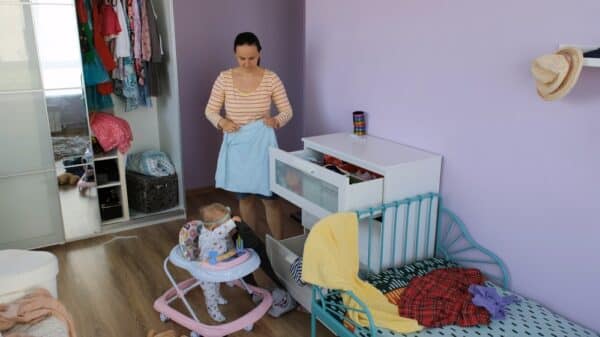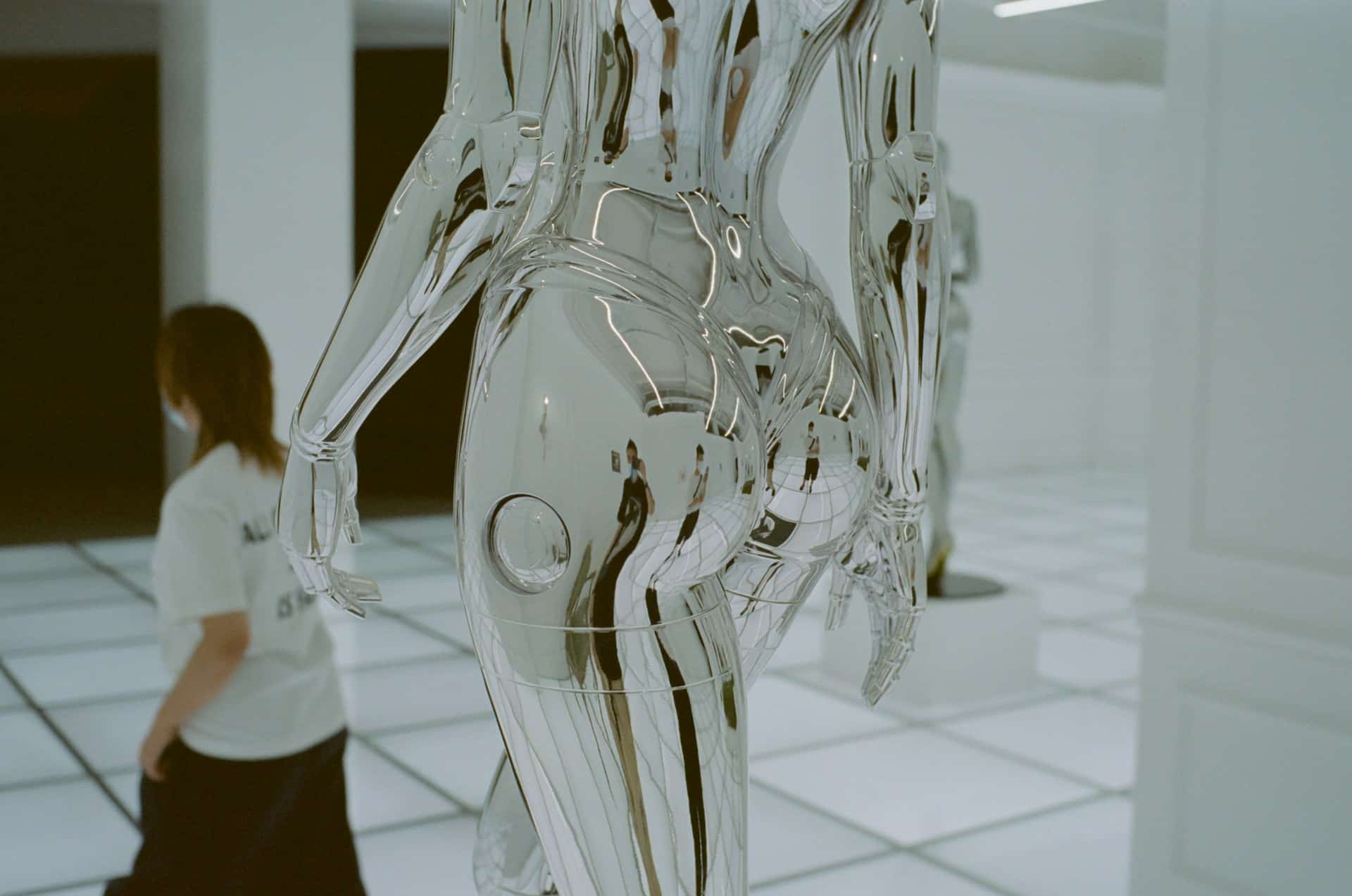China is embarking on an extraordinary journey in reproductive technology, with researchers developing the world’s first “pregnancy robot.” This innovative humanoid machine aims to carry a fetus for 10 months through the use of an artificial womb. For couples grappling with infertility, this breakthrough could be a crucial lifeline, offering new avenues to parenthood that were previously unimaginable.
Dr. Zhang Qifeng, a PhD candidate at Nanyang Technological University in Singapore, is the visionary behind this project. Unlike standard incubators that provide care for premature babies, this robot is designed to replicate the entire journey of gestation, from the miraculous moment of conception all the way to delivery. It’s a remarkable leap towards reimagining how we think about pregnancy, care, and parenthood.
So, how exactly does this “pregnancy robot” function?
Inside the Robot:
– Artificial Womb: At its core lies a synthetic womb that mimics amniotic fluid, allowing the fetus to grow in an environment similar to that of a natural pregnancy.
– Nutrient Delivery: Using a tube reminiscent of an umbilical cord, essential nutrients would be delivered to the fetus, ensuring it receives everything needed for proper development.
– Human Interaction: What sets this robot apart is its design to interact in real time with caregivers or medical personnel, bringing a sense of connection to the otherwise sterile gestational process.
Dr. Zhang draws confidence from prior studies on animals that serve as proof of concept for this ambitious endeavor. In a groundbreaking experiment in 2017, researchers at the Children’s Hospital of Philadelphia successfully allowed a premature lamb to develop in a “biobag” artificial womb. Over the four-week experiment, the lamb not only grew wool but also demonstrated that gestation outside the mother’s body is indeed feasible.
Moving forward, Dr. Zhang and his team are focused on integrating this revolutionary technology into a humanoid robot that can support a full-term pregnancy. While the specifics around fertilization and implantation remain under wraps, the potential implications of this technology are profound.
When Can We Expect It?
The team anticipates having a prototype ready within the next year, projected to cost under 100,000 yuan (approximately $14,000 USD). As this novel technology develops, ethical and legal discussions are already taking shape among officials in Guangdong Province, aiming to establish appropriate policy frameworks to guide its implementation.
Public Reaction:
News of the pregnancy robot has rapidly ignited discussions across Chinese social media. The hashtag “World’s First Pregnancy Robot to Launch Within a Year” quickly became a trending topic on Weibo, and a Douyin video garnered close to 4,000 comments from intrigued users.
Responses varied widely:
– One commenter questioned, “Where do the eggs come from?” raising practical concerns about the mechanics of such technology.
– Others were more optimistic, exclaiming, “It’s good that women don’t have to suffer,” and “Women have finally been liberated.”
– For individuals facing the heart-wrenching challenges of infertility, the news hit particularly close to home. One wrote, “I tried artificial insemination three times, but all failed. Now I have a chance to have a baby.”
Amidst the waves of excitement, ethical apprehensions also emerged. Many voiced concerns about whether an artificial gestation could ever replace the profound experience of pregnancy and motherhood.
Understanding Infertility in China
The urgency surrounding such advancements in reproductive technology is underscored by rising infertility rates in China, which climbed from 11.9% in 2007 to 18% in 2020, as reported by The BMJ. In urban centers like Beijing and Shanghai, medical insurance now includes coverage for treatments like artificial insemination and IVF, helping families who face these daunting challenges to conceive.
Why This Matters
The emergence of the pregnancy robot marks a significant milestone in reproductive technology, offering renewed hope to countless families facing the trials of infertility. It represents a potential reprieve from the emotional and physical struggles that accompany the journey to parenthood.
However, alongside these remarkable advancements, important questions arise regarding human connection, the essence of motherhood, and the experience of gestation. While technology continues to reshape possibilities, the unique bond formed during pregnancy is a deeply human experience that no machine can hope to replicate.
In navigating these innovations, we not only have the chance to learn from science but to honor the emotional core of parenthood. For some, this pregnancy robot represents liberation; for others, a poignant reminder of the irreplaceable human touch that lies at the heart of motherhood. Together, as a society, we are on the cusp of redefining what it means to create and nurture life.
Image Source: Unsplash



































